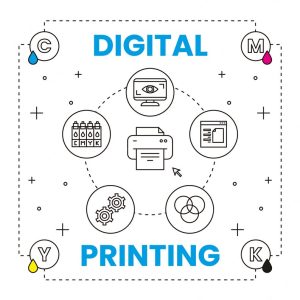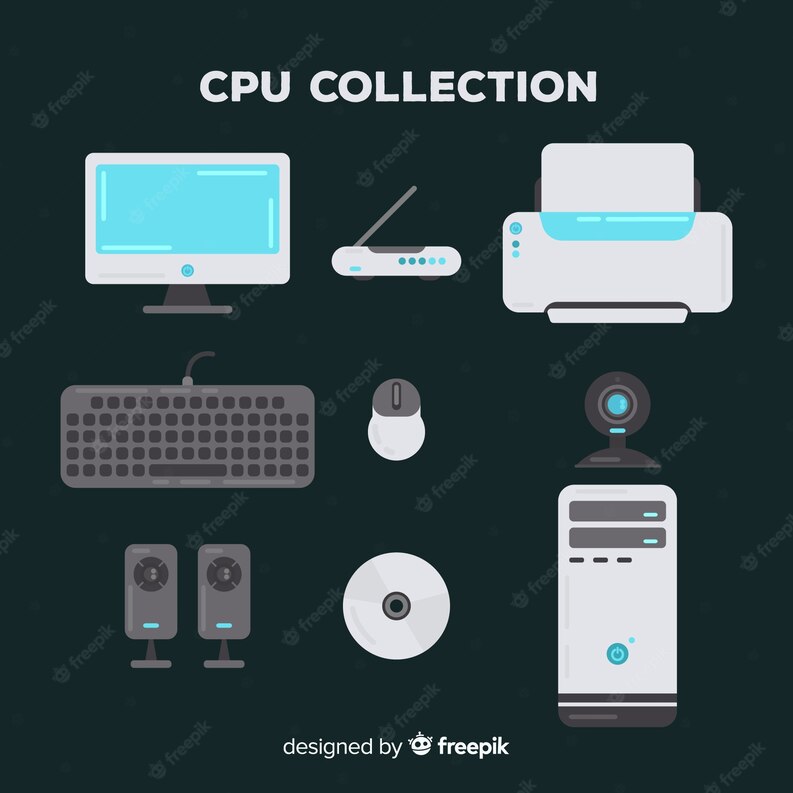Resolving Printer connection and printing difficulties on Windows on a computer running Windows
Should you come across any difficulties with your Printer connection while using Windows, No need to panic. To resolve common issues and restore your printer’s functionality, follow these steps. Prior to delving into the remedies, utilizing the automated printer troubleshooter found in the Get Help app is advisable. This built-in tool can automatically diagnose and fix most printer-related issues.
Before You Begin
Commence by launching the automated printer troubleshooter in the Get Help application. Diagnostics are conducted to address typical printer problems. In case the troubleshooter fails to fix the problem, feel free to explore these additional remedies.
Step 1: Unplug and Restart Your Printer
On occasion, a straightforward power reset can have remarkable effects on printer malfunctions. Power down your printer, Remove its power cord, Pause for approximately half a minute. Reconnect it and power on the printer once more. If the issue remains, continue onto the succeeding task.
Step 2: Check Cables or Wireless Connection
For wired printers, Inspect the USB cable link between the printer and your PC to resolve any issues. When your personal computer does not identify the USB connection, you can use the “Automatically diagnose and fix Windows USB problems” feature.
For wireless printers, Check if the printer’s wirelss feature is activated and ready to be used. Many printers have a button that displays a blue wireless icon when the wireless option is available. If you’re not certain on how to activate it,, examine the printer’s instructions or browse through the manufacturer’s website for guidance.
You can also run the printer’s wireless connectivity test, Many printer models come equipped with this capability. Review the user guide for guidance on performing this task. to acquire detailed instructions.
If the trouble lingers, check your PC’s wireless network connection. Confirm that it is linked to the printer’s network.

Step 3: Uninstall and Reinstall Your Printer
If none of the previous solutions worked, consider uninstalling and then reinstalling your printer as another attempt. To do this, follow these steps:
Remove your printer from the The option for “Printers & scanners” in Windows.
Perform a fresh installation of your printer, choosing between wireless or local setup based on your specific configuration., optionally as a wireless or local printer, according to how it is currently configured.
Make sure to follow the manufacturer’s instructions for reinstalling a wireless printer. For a local printer, Insert the USB cable into any free port on your computer. Activate the printer and let Windows identify and set it up and allow Windows to discover and add it automatically.
Step 4: Install the Latest Driver for Your Printer
Verify that your chosen printing machine has the latest driver installed. Go to the website of the manufacturer where you can access and obtain the most recent driver that is suitable for both your printer model plus your specific Windows version. Proper drivers are essential so that your printer operates correctly.
Step 5: Printing Queue the Print Spooler
If the printer difficulty persists, attempt clearing and resetting the print spooler, which oversees the printing process in Windows. Follow these steps:
In the search box on the taskbar, type “services,” and select “Services” from the list of results.
Find “Print Spooler” in the list of services, execute a double-click on it, and select “Stop,” then click “OK.”
In the search box on the taskbar, input “%WINDIR%\system32\\spool\\printers.” Erase every file contained within that directory.
“Services” – select it out of the results list. Find “Print Spooler,” double-click on it, set the Startup Type to “Automatic,” and select “Start.”
Step 6: Change a Printer’s Status to “Online”
If your printer displays an “offline” status, address this problem using the relevant resources given
Windows.
By following these troubleshooting steps, Following this advice will help you overcome common printer connection and printing problems on Windows. In case the problem lingers, reflect on seeking further help or contacting the manufacturer of your printer for further assistance.




